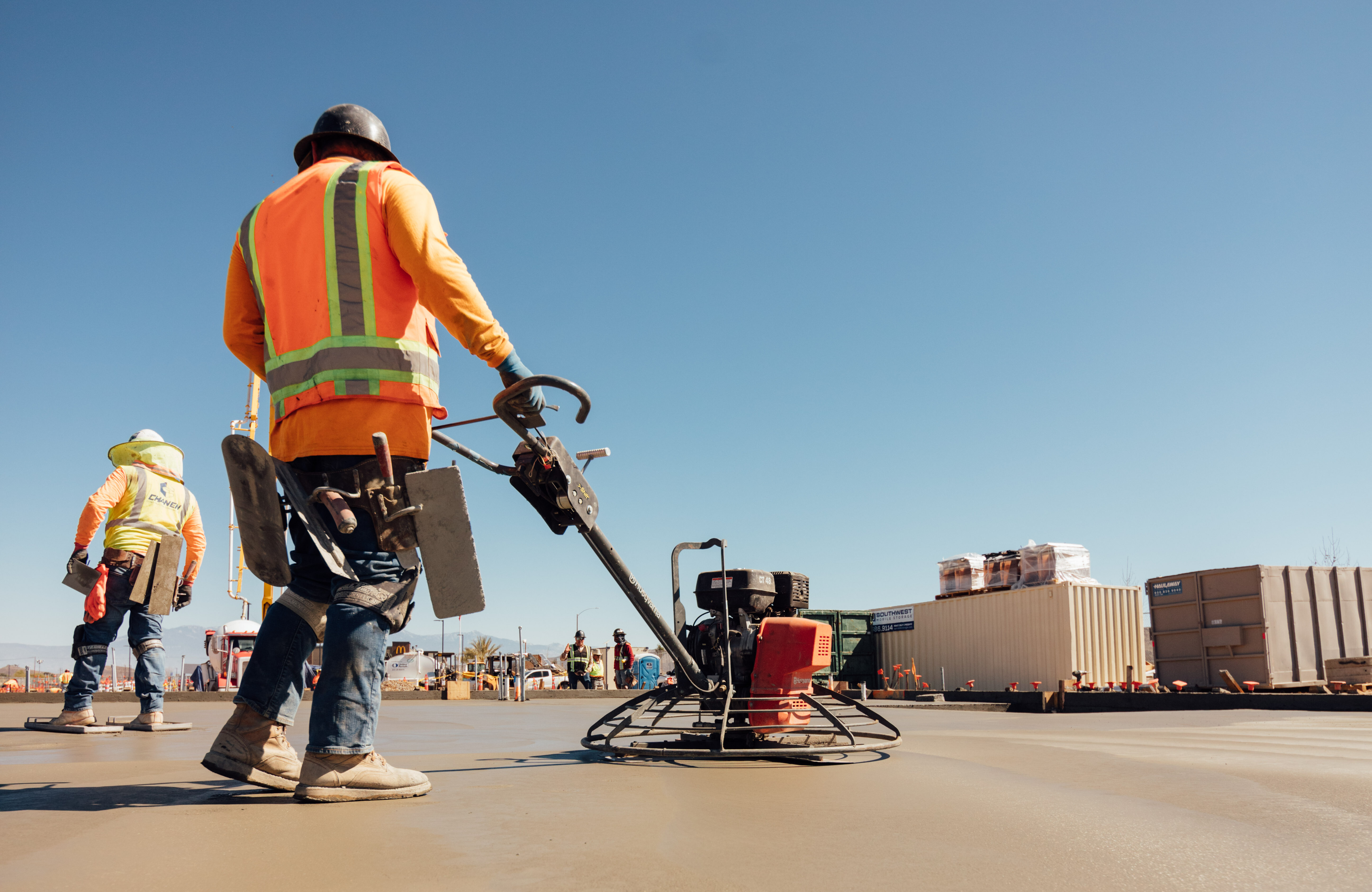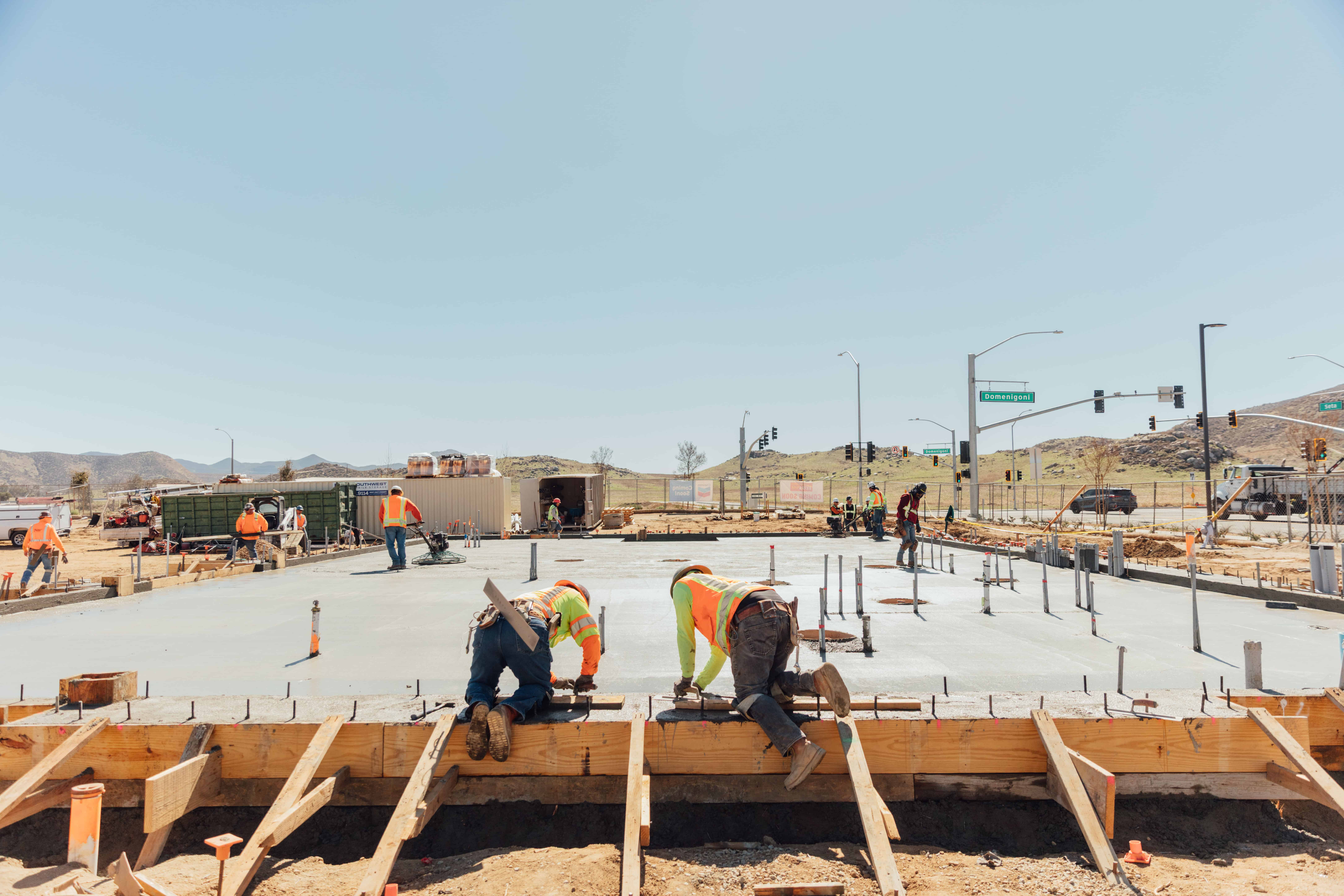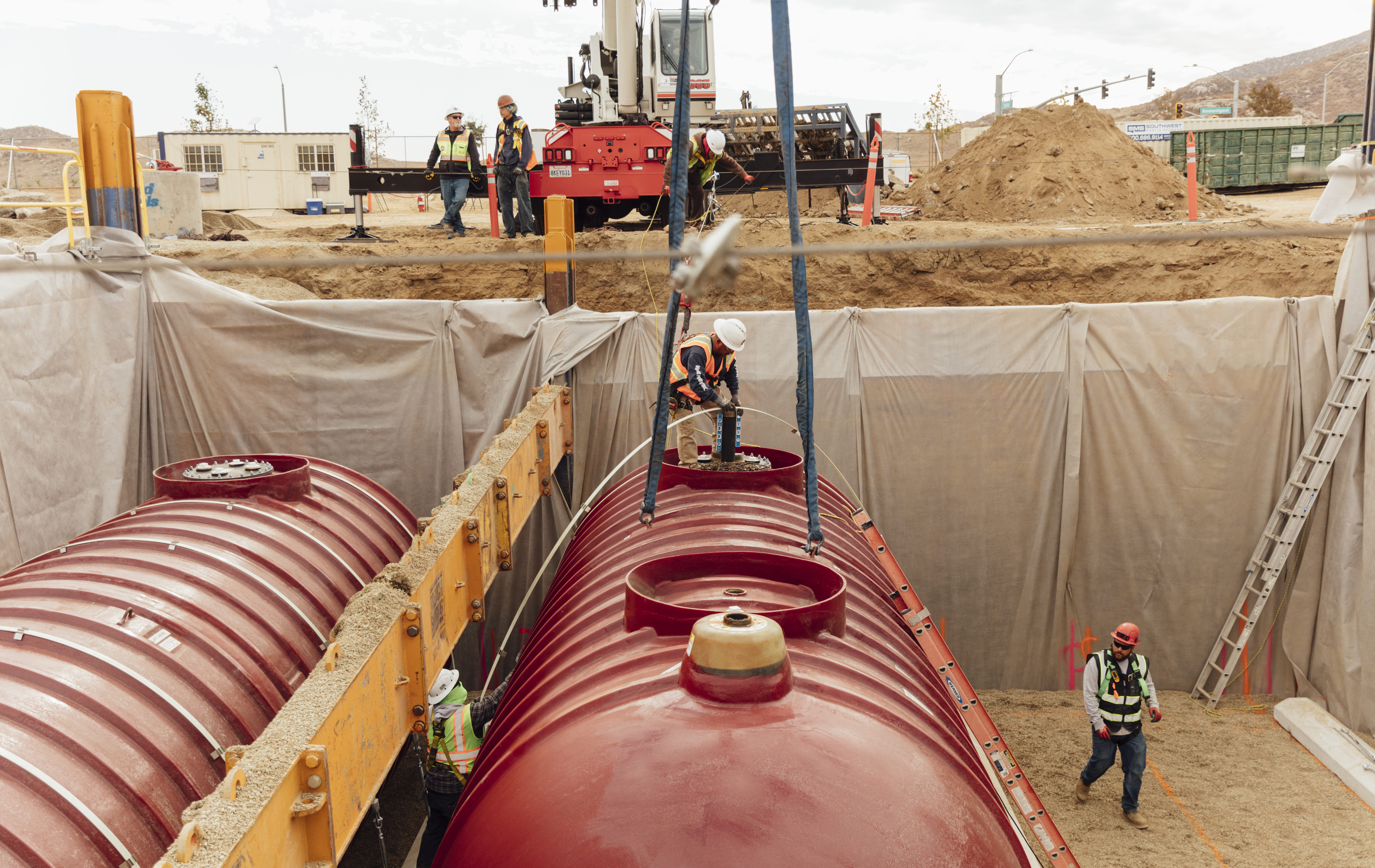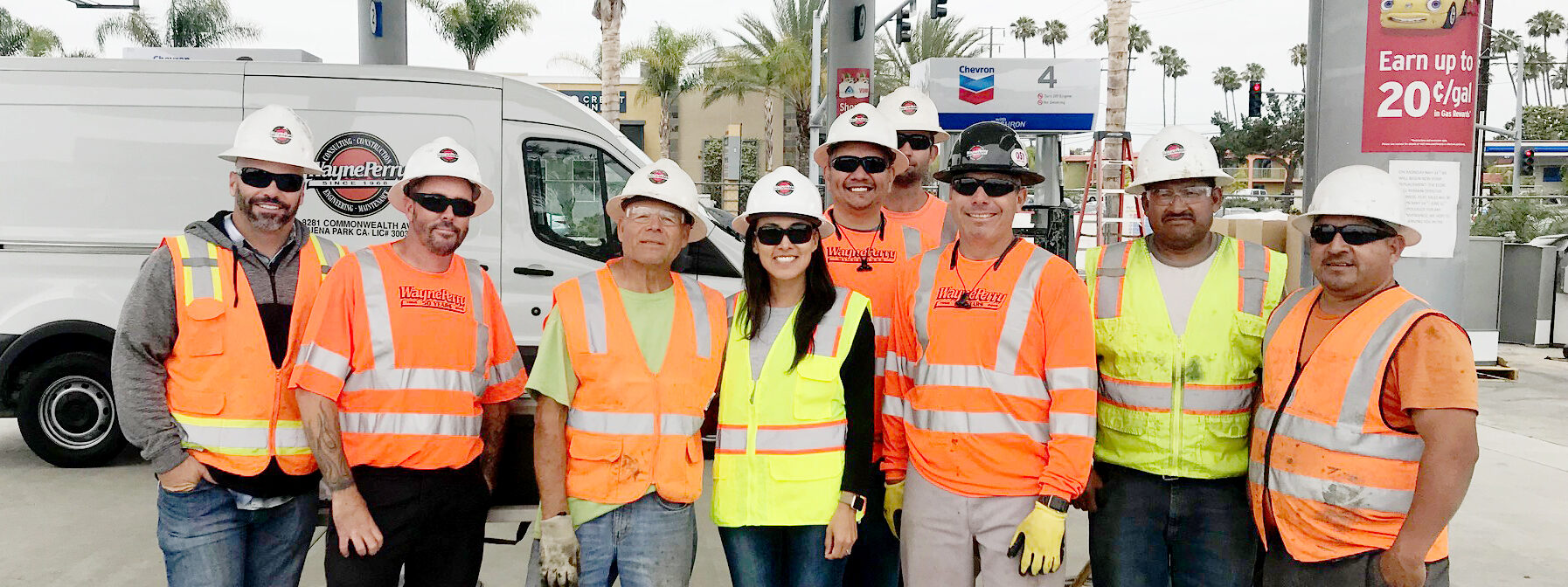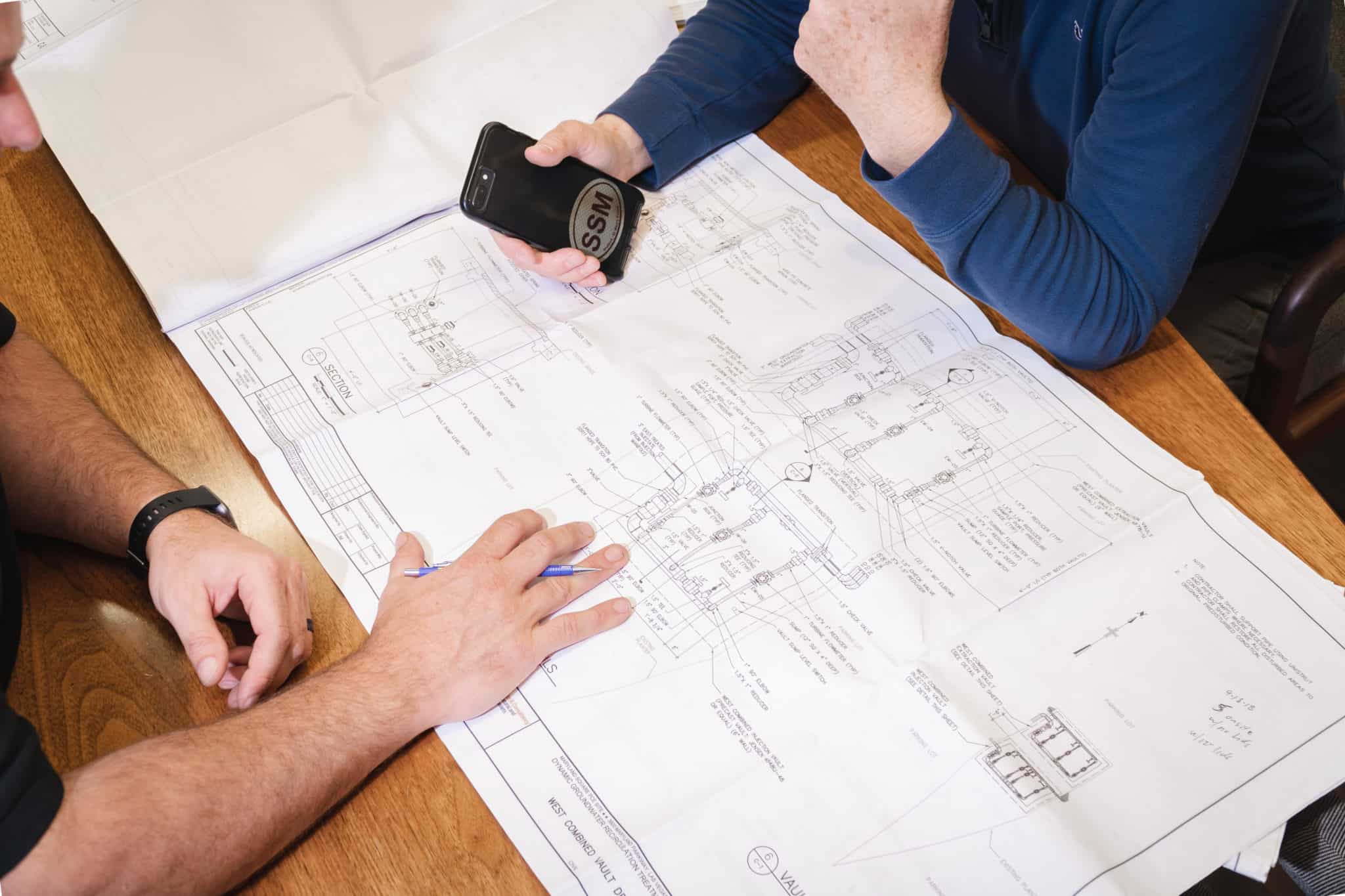Underground storage tanks (USTs) play a crucial role in fuel storage, but their underground nature poses unique challenges. Fortunately, remote sensors have emerged as the guardians of this critical infrastructure, offering a comprehensive solution for monitoring and maintaining UST systems.
The Power of Remote Monitoring
Remote sensors are integrated directly into the tanks and continuously gather and transmit critical data to a central monitoring platform. The automation eliminates the need for manual inspections, enhancing both safety and efficiency. By providing real-time data and insights, the sensors let you take proactive measures to ensure the integrity of your UST infrastructure.
Key Sensor Technologies
Various sensors work in harmony with the tank to provide a robust monitoring system:
- Magnetostrictive Probes: These probes use sound waves to accurately measure liquid levels, product temperatures, and water presence—vital information for maintaining optimal fuel storage conditions and detecting potential contamination.
- Interstitial Sensors: Installed between the tank’s inner and outer walls, these sensors can quickly identify even the smallest leaks, enabling prompt corrective action to prevent environmental damage.
- Sump Sensors: Located in the sump pit below the tank, these sensors act as a final line of defense, detecting any leakage that has breached the primary containment layer.
Driving Operational Excellence
Remote sensors provide many benefits that extend beyond monitoring tank conditions. These advanced technologies deliver a host of advantages that drive operational excellence:
- Enhanced Safety: By minimizing the need for manual tank inspections, remote sensors protect workers from exposure to hazardous fumes and potential spills.
- Proactive Maintenance: Sensor data enable predictive maintenance, allowing facility managers to address issues before they escalate into costly repairs or unplanned downtime.
- Regulatory Compliance: Continuous monitoring ensures ongoing compliance with stringent environmental regulations, helping facilities avoid penalties and safeguard the surrounding ecosystem.
- Extended Tank Lifespan: Early detection of corrosion, buildup, and other problems allows for timely interventions, prolonging the overall lifespan of the UST system.
Protecting People and the Planet
Remote sensors are guardians of underground storage tanks and champions of environmental protection and community safety. By enabling early leak detection, the sensors prevent fuel contamination and mitigate the risk of explosions or other catastrophic failures. Ultimately, remote sensors play a vital role to ensure the responsible management of UST systems, safeguarding both people and the planet.
